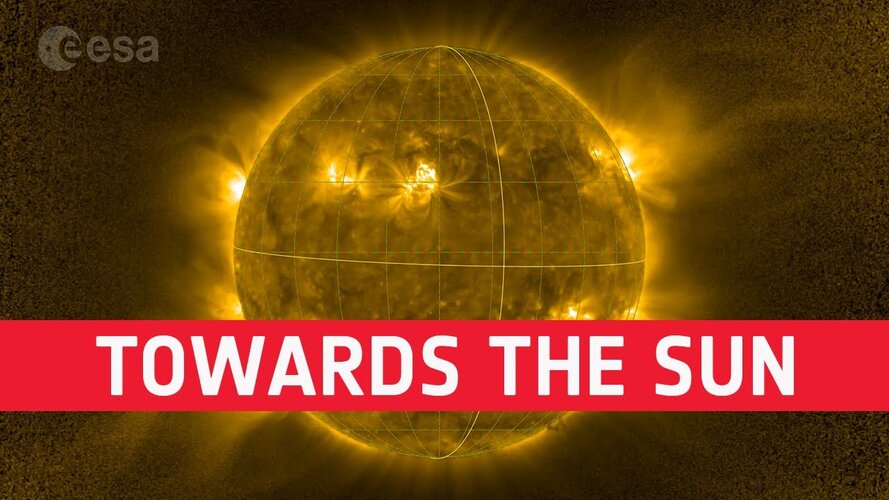

Access the video
On 26 March, Solar Orbiter will be less than one-third of the distance from the Sun to the Earth, and it is designed to survive this close for relatively extended periods of time. It will spend from 14 March to 6 April inside the orbit of Mercury. Around perihelion, the name for closest approach to the Sun, Solar Orbiter will bring high resolution telescopes closer than ever before to the Sun.
Together with data and images from Solar Orbiter’s other instruments, these could reveal more information about the miniature flares dubbed campfires that the mission revealed in its first images.
“What I’m most looking forward to is finding out whether all these dynamical features we see in the Extreme Ultraviolet Imager (coined campfires) can make their way into the solar wind or not. There are so many of them!” says Louise Harra, co-Principal Investigator for EUI based at the Physikalisch-Meteorologisches Observatorium Davos/World Radiation Center (PMOD/WRC), Switzerland.
To do this, Solar Orbiter will use its remote sensing instruments, like EUI, to image the Sun, and its in-situ instruments to measure the solar wind as it flows past the spacecraft.



